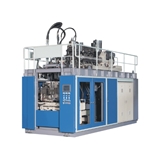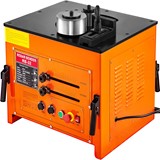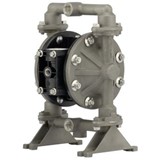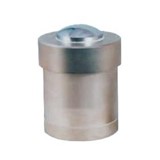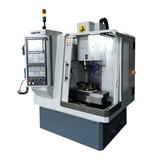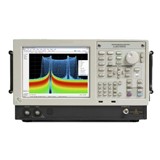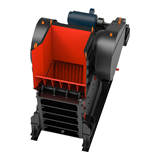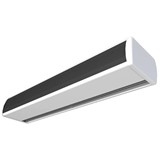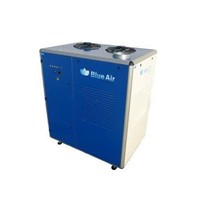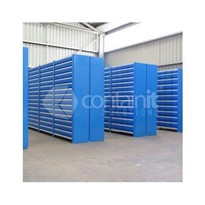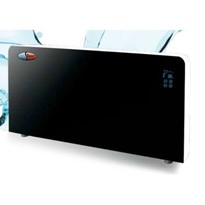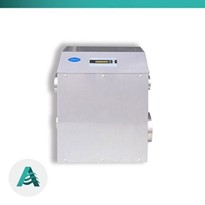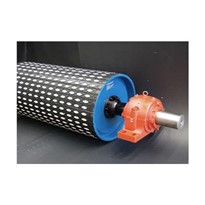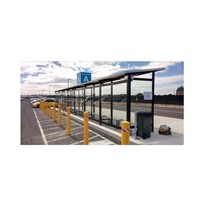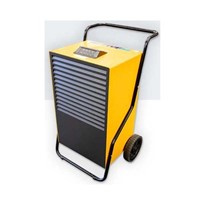As the industry grows with new standards and regulations, things are constantly changing however, older hospitals are still operational with equipment based on old standards.
As an example, meeting new health and safety standards in operating theatres might not be possible with an old air handling unit, thus being able to add a smaller unit into the air handlers’ line would be more cost effective and installation would be easier as well.
The two popular types of humidity control are desiccant rotors or refrigeration. Each type of system has typical use or applications they are more suitable for. Refrigeration units are ideal for humid climates and to maintain average air conditions i.e. 22°C and 55% relative humidity. Desiccant dehumidifiers are generally used for dryer conditions and where mould prevention is critical as the type of system can effectively maintain conditions below 20° at relative humidity below 45%.
By using sensors and proportionally controlling the dehumidifiers, the humidity within the room can be controlled and monitored and only call for dehumidification when the humidity rises above set point. This also ensures minimal power consumption.
Considering the demanding environment Operating and Procedure rooms have, a dedicated and independent humidity control system is required. Although typical design relies on the air handling system being oversized to allow for additional humidity control, desiccant systems are better suited for applications as such.






